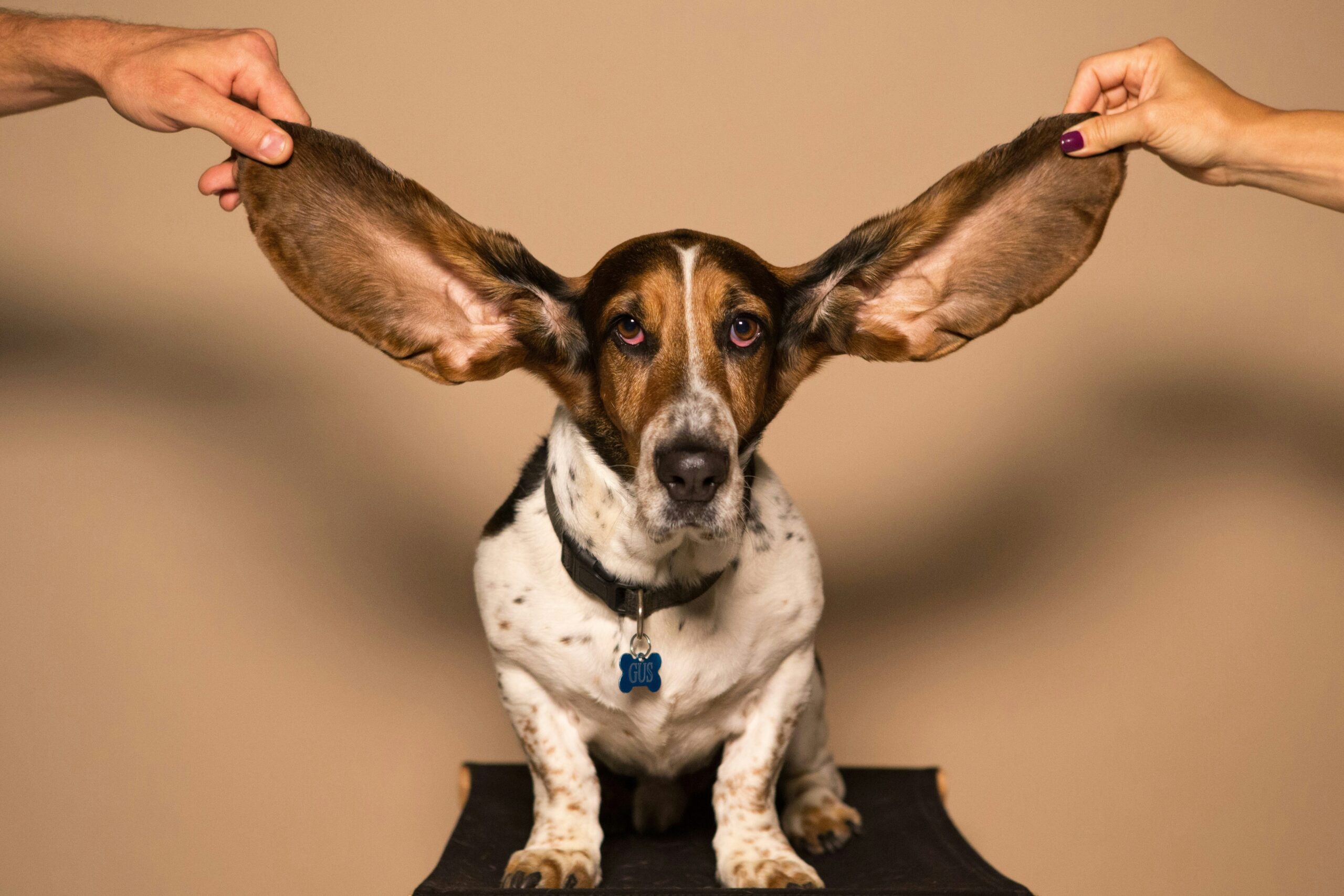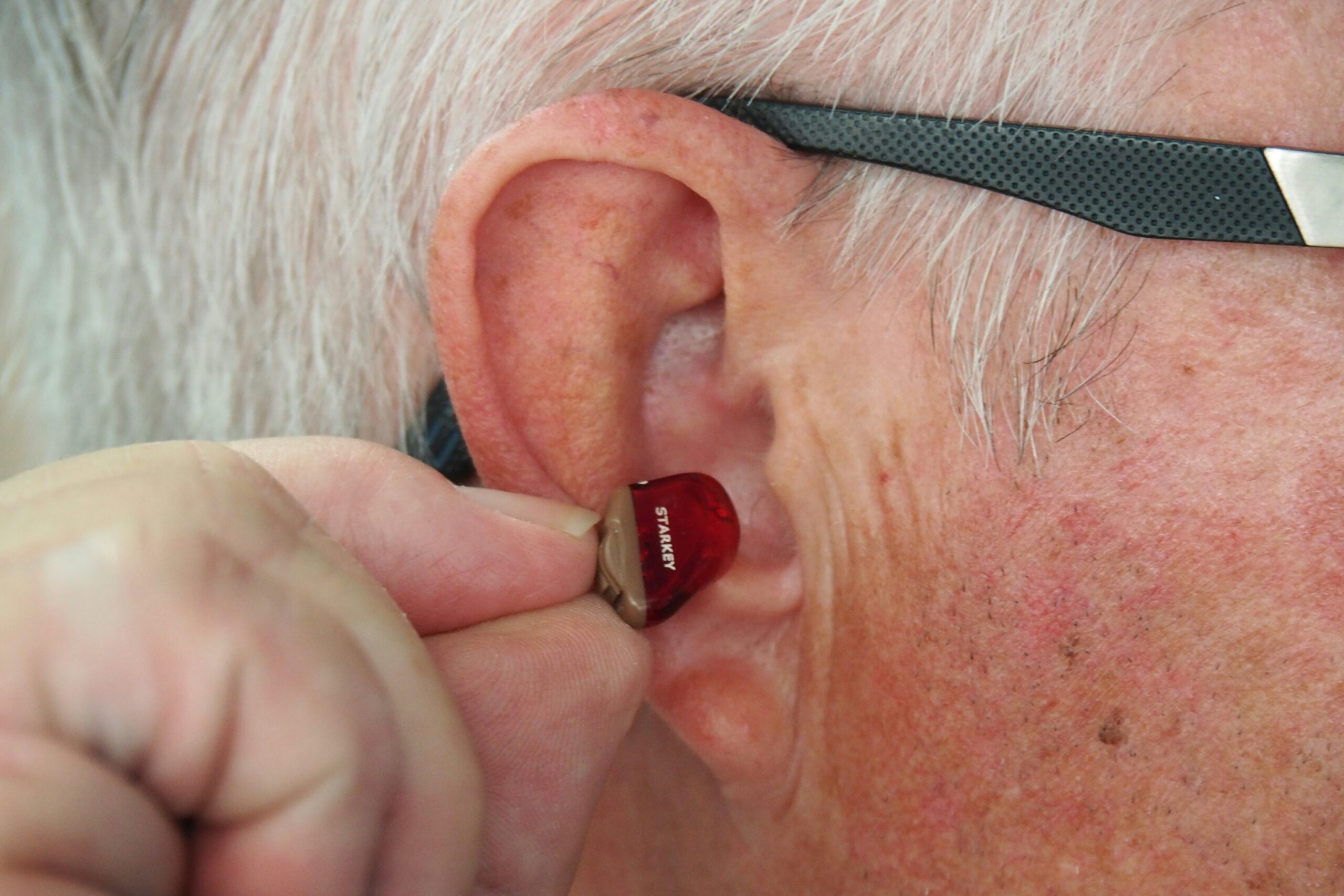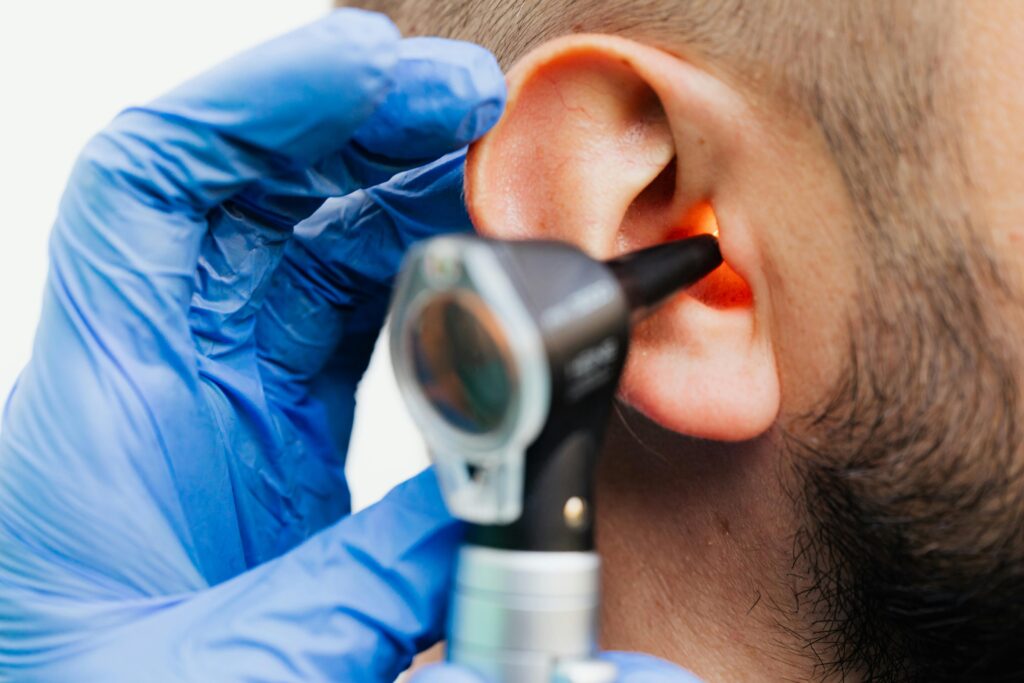“Ever wondered if your dog can still hear you call for dinner? Or why your cat no longer responds to the sound of a treat bag?”
Pet owners often overlook one critical aspect of their pet’s health—hearing. By the time most realize there’s an issue, it may already be too late. That’s where at-home hearing tests come in handy, allowing you to monitor your pet’s auditory health and catch problems early. In this guide, we’ll explore how you can conduct these tests safely, what tools you might need, and even uncover some mistakes I made along the way (spoiler alert: they’re embarrassing but relatable).
Table of Contents
- Key Takeaways
- Why Hearing Matters for Pets
- Step-by-Step At-Home Hearing Test Guide
- Pro Tips for Accurate Results
- Real-Life Success Stories
- FAQs About At-Home Hearing Tests
- Wrapping It Up
Key Takeaways
- Conducting at-home hearing tests helps identify potential issues before they worsen.
- Pets with untreated hearing loss are more prone to accidents and behavioral changes.
- Inexpensive tools like whistles or clapping can serve as effective testing methods.
Why Hearing Matters for Pets

Hearing plays a vital role in a pet’s daily life. From responding to commands to detecting dangers, good auditory health impacts everything from their safety to emotional well-being. Unfortunately, many pets experience gradual hearing loss due to age, infections, or injuries.
A shocking statistic: Over 20% of senior dogs suffer from significant hearing impairment, yet only a fraction receive timely intervention. And cats aren’t off the hook either; wax buildup and ear mites contribute significantly to feline hearing troubles.
Ignoring your pet’s declining hearing isn’t just negligent—it’s risky. Imagine Fido wandering into traffic because he didn’t hear a car coming. Scared yet? Let’s dive deeper into how you can prevent such scenarios.
Sidebar Rant:
Let me tell you about my biggest blunder: Once, I mistook my poor Labrador’s complete silence during training sessions as stubbornness rather than deafness. Spoiler—he was practically hard-of-hearing by then. Rookie mistake.
Step-by-Step At-Home Hearing Test Guide

1. Choose a Quiet Environment
Make sure there are minimal distractions—TVs off, kids occupied elsewhere. Background noise can skew results!
2. Gather Simple Tools
No fancy tech required here. A whistle, keys jangling, or snapping fingers should do the trick. If you want precision, consider investing in a low-frequency dog whistle.
3. Observe Baseline Responses
Start by making noises behind your pet while they’re engaged in another activity. Watch their ears closely; sudden shifts indicate attentiveness to sound.
4. Gradually Increase Distance
Repeat the process from further away (e.g., across the room). This helps gauge whether distance affects their response.
5. Document Any Irregularities
If your pet fails to react consistently, note when and where inconsistencies occur. This data is crucial when consulting a vet.
Grumpy Optimist Dialogue:
Optimist You: “Follow these steps, and you’ll have peace of mind!”
Grumpy You: “Ugh, fine—but only if snacks are involved. Who am I kidding? Snacks always make things better.”
Pro Tips for Accurate Results
- Avoid visual cues! Cover your mouth or hide objects that produce noise to ensure your pet relies solely on sound.
- Keep sessions short (<5 minutes) to avoid overwhelming them.
- Terrible Tip Disclaimer: Don’t use firecrackers or loud pops to test—you could traumatize or harm your pet’s hearing permanently.
Real-Life Success Stories

Tina, a Golden Retriever owner, shares her journey: “When Max stopped fetching his favorite ball, I assumed laziness. Turns out, his hearing had deteriorated so much he couldn’t even recognize the word ‘fetch.’ After diagnosing him early through at-home tests, we managed to slow down his condition with medication and therapy.”
This proves that awareness saves lives—or at least improves quality of life dramatically.
FAQs About At-Home Hearing Tests
What if my pet doesn’t respond during the test?
If your pet repeatedly ignores sounds despite no distractions, schedule a vet appointment ASAP. They might require professional evaluation.
Can I perform these tests on kittens?
Absolutely! But keep sounds softer since kittens have sensitive ears.
How often should I check my pet’s hearing?
For adult pets, once every three months suffices. For seniors, bi-monthly checks are recommended.
Wrapping It Up
Detecting hearing loss early gives your furry friend a fighting chance against discomfort and danger. Armed with simple tools and consistent vigilance, you can provide them with a safer, happier existence.
Remember: Like a Tamagotchi, your pet’s health needs daily care—even if it’s just ensuring those ears stay sharp.
Barks fade, whispers grow,
Ears perk up to morning breeze,
Love keeps them whole.


